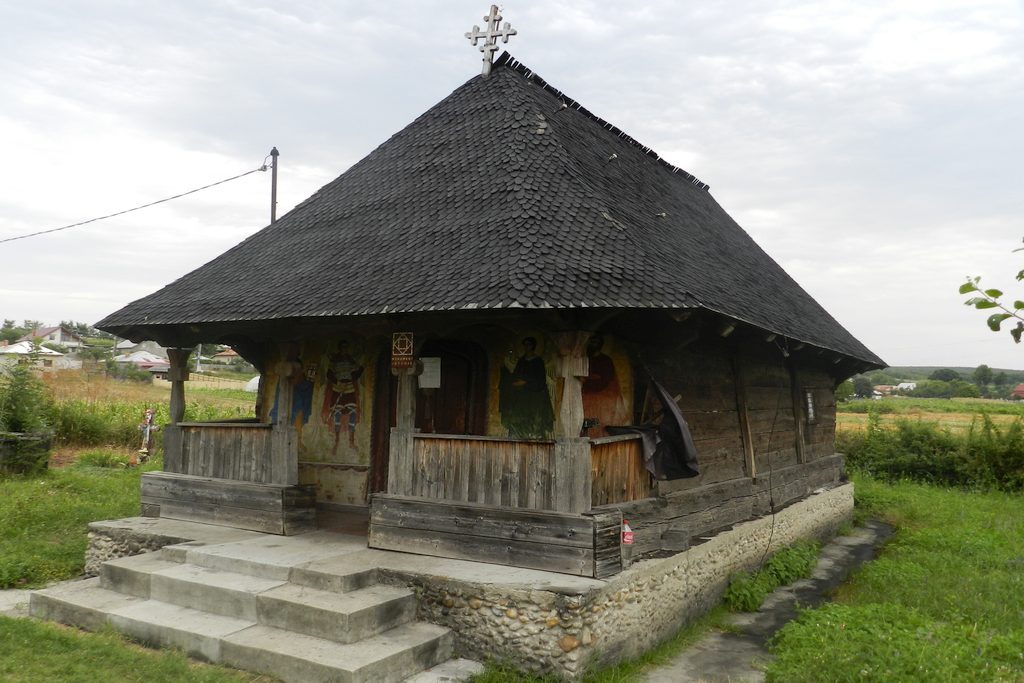

The wooden church in Prisaca, dedicated to St. John the Baptist is one of the oldest places in Olt County, is included in the list of historical monuments. The church dates from 1865, having a completely wooden structure.
John the Baptist was born in the city of Orini, in the family of priest Zacharias. Elizabeth, his mother was a descendant of the tribe of Aaron. The birth of the prophet John has happened six months before that of Jesus. His birth was announced by the angel Gabriel to Zacharias, while he was serving at the temple. Failing to give credence to those spoken by the angel Gabriel, Zacharias will remain mute until putting the name of his son. St. John the Baptist began preaching in the fifteenth year of the reign of Tiberius Caesar, when Pontius Pilate was procurator of Judea. He was meant to prepare people for the reception of Messiah and to discover Him and to make Him known to Israel.
Considering him a prophet, inhabitants of Jerusalem and all over Judea gathered around him to listen to the his words and also to be baptized by him in the Jordan River. John asked them before he baptized them to confess their sins and to repent, saying that he baptizes with water only, but “what will come after him” will baptize them with the Holy Spirit and with fire.
The Gospel recounts that Jesus came from Galilee to be baptized by John, who seeing him said, “Behold the lamb of God, He that washes the sin of the world”.
According to this story, coming out of the Jordan river, Jesus would have said “the heavens opened and the Spirit of God was poured, descending like a dove and coming upon him. And a voice from heaven, saying, This is my beloved Son in whom I am well pleased. ”
From the Gospel of Mark, we learn that John the Baptist had garment of camel’s hair, girded with a leather belt and ate locusts and wild honey.
Camel can symbolize both purity and also impurity. If in the Old Testament it could be viewed as a pure animal because it was ruminant, it could be seen as unclean, considering that it had cloven hooves.
If you stick to the first meaning, that of a pure animal, camel symbolizes the chosen people, while impurity foreshadowed the heathen nations.
The fact that John had his raiment made of camel’s hair, means calling of Jews and pagans to Christ. The belt, coming from a dead animal, wearing it signify the death of sufferings.
As for his food, one must know that bees and grasshoppers were considered to be clean in the Old Testament sign that John was fed only with those things that pleased God.
From the Gospel we know that Herod at a feast with the occasion of his birthday celebration, beheaded John the Baptist at the request of Herodias. At that time, St. John was imprisoned in the castle of Herod from Maherus. John rebuked Herod for living ungodly, with Herodias, who was his brother’s wife. In her hate of death, Herodias, advised Salome, her daughter, who danced and was liked by the guests and especially by Herod, to ask from this one, the head of the Baptist as a reward.
